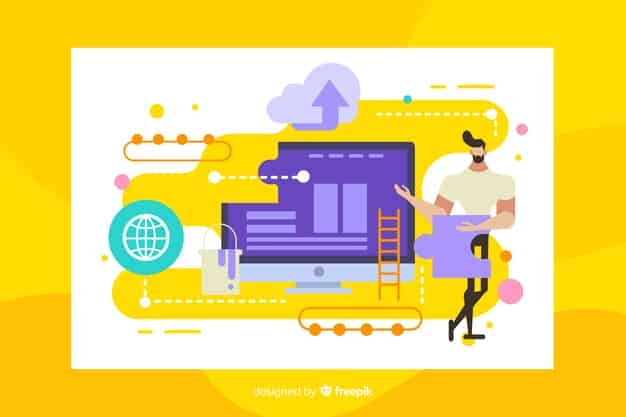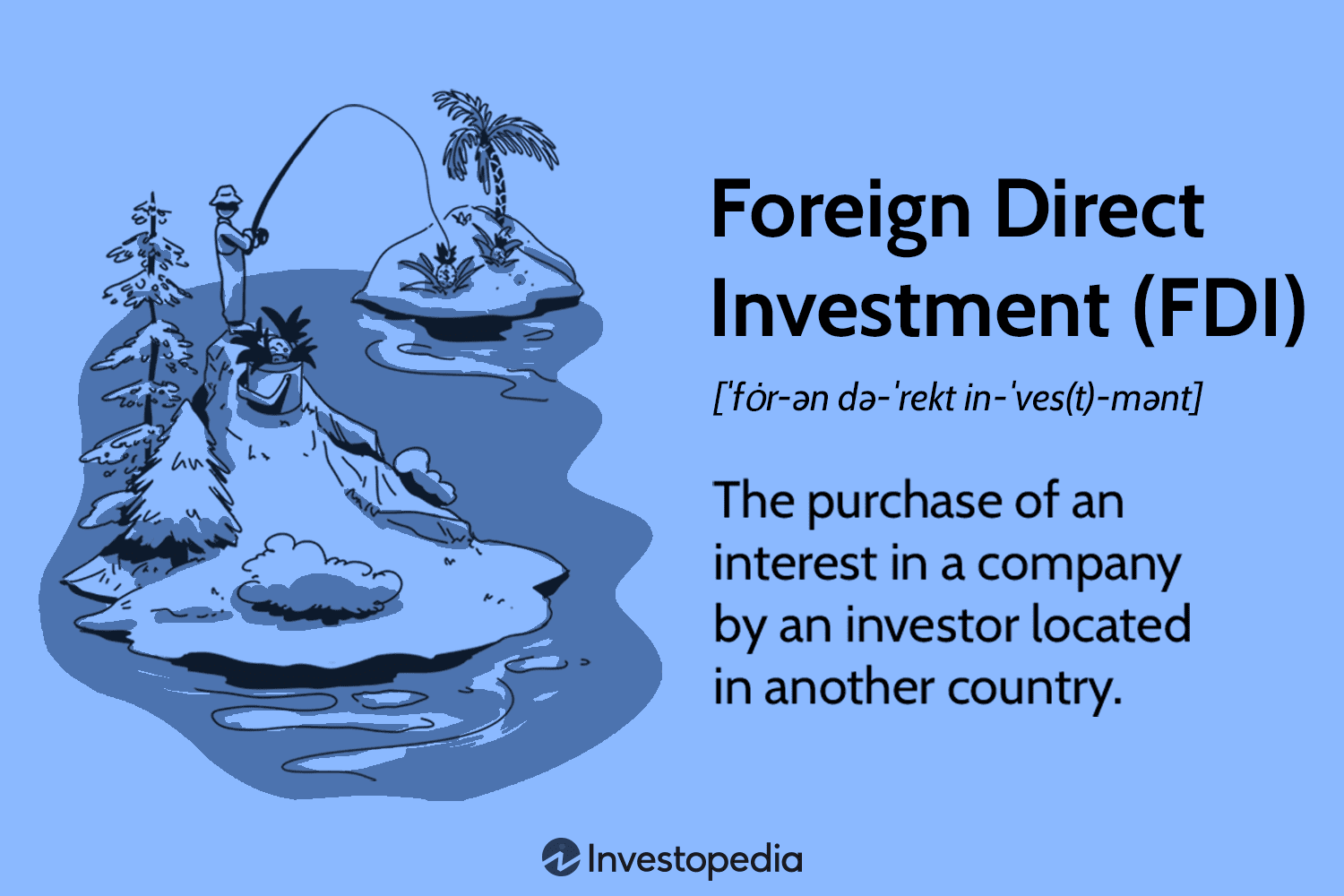What Is Bilingual Education?
Mia Wilson
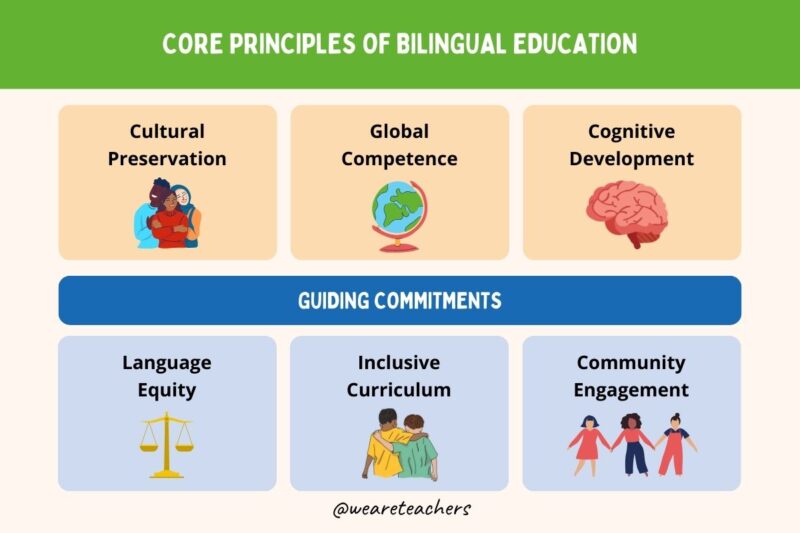
Photo: What Is Bilingual Education?
What Is Bilingual Education? Understanding Its Impact and Importance
Bilingual education has become an increasingly significant aspect of modern educational systems worldwide. As globalization continues to bridge cultures and economies, the ability to communicate in multiple languages offers individuals and societies a competitive edge. This article delves into the concept of bilingual education, exploring its definitions, benefits, challenges, and its role in shaping future generations.
Introduction to Bilingual Education
Bilingual education refers to instructional programs designed to develop proficiency in two languages. These programs aim to cultivate fluency, literacy, and academic achievement in both the native language and a second language. Bilingual education is not merely about learning a new language it encompasses a comprehensive approach to cognitive development and cultural awareness.
The Evolution of Bilingual Education
Historical Background
The roots of bilingual education can be traced back to ancient civilizations where multilingualism was essential for trade, diplomacy, and cultural exchange. In more recent history, bilingual education gained prominence in regions with diverse populations, such as the United States, Canada, and parts of Europe. Educational policies have evolved to support bilingualism, recognizing its value in enhancing communication skills and preserving cultural heritage.
Modern Approaches to Bilingual Education
Today, bilingual education programs vary widely, reflecting different educational philosophies and societal needs. Common models include:
- Dual Language Immersion: Students are taught in two languages, with the aim of achieving bilingualism and biliteracy.
- Transitional Bilingual Education: Focuses on helping students transition from their native language to the dominant language of the society.
- Heritage Language Programs: Designed to maintain and develop proficiency in a language that is part of a student's cultural background.
Benefits of Bilingual Education
Cognitive Advantages
Research consistently shows that bilingual individuals often exhibit enhanced cognitive abilities. These include better problem-solving skills, increased creativity, and improved executive function. Bilingual education fosters mental flexibility, enabling students to switch between languages and tasks with ease.
Academic Performance
Students in bilingual education programs tend to perform better academically. Proficiency in multiple languages can lead to improved reading and writing skills, as well as higher overall academic achievement. Bilingual education encourages critical thinking and a deeper understanding of subject matter across disciplines.
Cultural Awareness and Social Skills
Bilingual education promotes cultural sensitivity and appreciation. Students gain insights into different cultures, fostering empathy and global awareness. This cultural competence is invaluable in today's interconnected world, preparing students to engage respectfully and effectively in diverse environments.
Economic Opportunities
Proficiency in multiple languages opens up a wider range of career opportunities. In a globalized economy, employers highly value employees who can communicate across language barriers. Bilingual individuals often have access to better job prospects and higher earning potential.
Challenges in Bilingual Education
Resource Allocation
Implementing effective bilingual education programs requires significant resources, including trained teachers, appropriate materials, and adequate funding. Schools may struggle to provide these resources, particularly in underserved or economically disadvantaged areas.
Standardization and Assessment
Measuring proficiency and academic progress in two languages presents unique challenges. Standardized testing often focuses on a single language, making it difficult to assess the full range of a bilingual student's abilities. Developing fair and comprehensive assessment methods is essential for the success of bilingual education programs.
Balancing Language Maintenance and Acquisition
Maintaining a student's native language while acquiring a second language can be challenging. Programs must strike a balance between supporting the preservation of cultural heritage and ensuring proficiency in the dominant language. Failure to do so may result in language attrition or insufficient mastery of either language.
Societal Attitudes
Public perception and support play a crucial role in the success of bilingual education. In some regions, there may be resistance to bilingual programs due to political, cultural, or ideological reasons. Overcoming societal biases and demonstrating the tangible benefits of bilingual education is essential for its widespread acceptance.
The Role of Technology in Bilingual Education
Digital Learning Tools
Advancements in technology have significantly impacted bilingual education. Digital tools, such as language learning apps, interactive software, and online resources, provide students with additional avenues to practice and enhance their language skills. These tools offer personalized learning experiences, catering to individual student needs and learning paces.
Virtual Exchange Programs
Technology enables virtual exchange programs, allowing students to interact with peers from different linguistic and cultural backgrounds. These interactions promote real-world language use and cultural exchange, enriching the bilingual education experience.
Teacher Training and Support
Online platforms and resources support teacher training and professional development in bilingual education. Educators can access a wealth of information, share best practices, and collaborate with colleagues globally, enhancing the quality of instruction in bilingual programs.
Best Practices for Effective Bilingual Education
Comprehensive Curriculum Design
A well-designed curriculum is fundamental to the success of bilingual education. It should integrate language learning with academic content, ensuring that students develop proficiency in both languages while mastering core subjects. The curriculum should be culturally relevant and adaptable to diverse student backgrounds.
Qualified Educators
Hiring and retaining qualified bilingual educators is critical. Teachers should possess strong language skills, cultural competence, and specialized training in bilingual education methodologies. Ongoing professional development ensures that educators stay updated with the latest teaching strategies and research findings.
Community and Parental Involvement
Engaging the community and parents in bilingual education fosters a supportive learning environment. Schools can organize cultural events, language workshops, and informational sessions to involve families in their children's education. This collaboration strengthens the home-school connection and reinforces language use outside the classroom.
Continuous Assessment and Feedback
Regular assessment and feedback help monitor student progress and inform instructional strategies. Formative assessments, in particular, provide insights into student learning, allowing teachers to adjust their approaches to meet individual needs effectively.
The Future of Bilingual Education
As the world becomes increasingly interconnected, the demand for bilingual education is expected to grow. Innovations in technology, evolving educational policies, and a deeper understanding of the cognitive and social benefits of bilingualism will shape the future of bilingual education. Emphasizing multilingualism can contribute to more inclusive, adaptable, and culturally enriched societies.
Conclusion
Bilingual education is a powerful tool for personal and societal development. It not only equips individuals with valuable language skills but also fosters cognitive growth, cultural awareness, and economic opportunities. While challenges exist in implementing effective bilingual programs, the benefits far outweigh the obstacles. As we move forward in a globalized world, embracing bilingual education will be essential in preparing future generations to thrive in diverse and dynamic environments.
By understanding and addressing the complexities of bilingual education, educators, policymakers, and communities can work together to create educational systems that celebrate linguistic diversity and empower students to succeed in an interconnected world.
For You
View AllDive into the process of restoring classic cars from rust to shine. Learn expert tips to bring vintage cars back to life!
Mia Wilson
Explore the main advantages of using a VPS for your website or business.
Mia Wilson
Maximize your solo travel experience with these must-have digital tools and apps. Plan, navigate, and connect like a pro!
Mia Wilson
Understand Foreign Direct Investment (FDI), its benefits, and its role in global trade. Click for a comprehensive guide!
Mia Wilson
Looking for family-friendly adventures? Explore safe and exciting destinations that cater to all ages for the perfect bonding experience!
Mia Wilson
Solo doesn’t mean lonely! Learn the best ways to meet people and build connections during your solo adventures.
Mia Wilson
Health
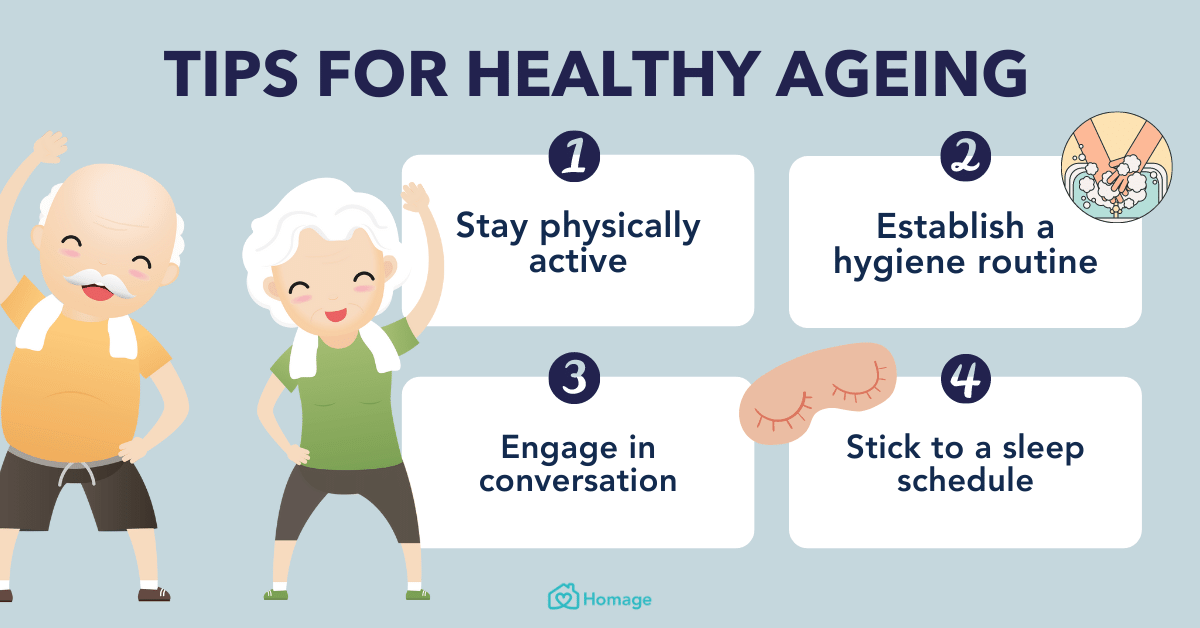


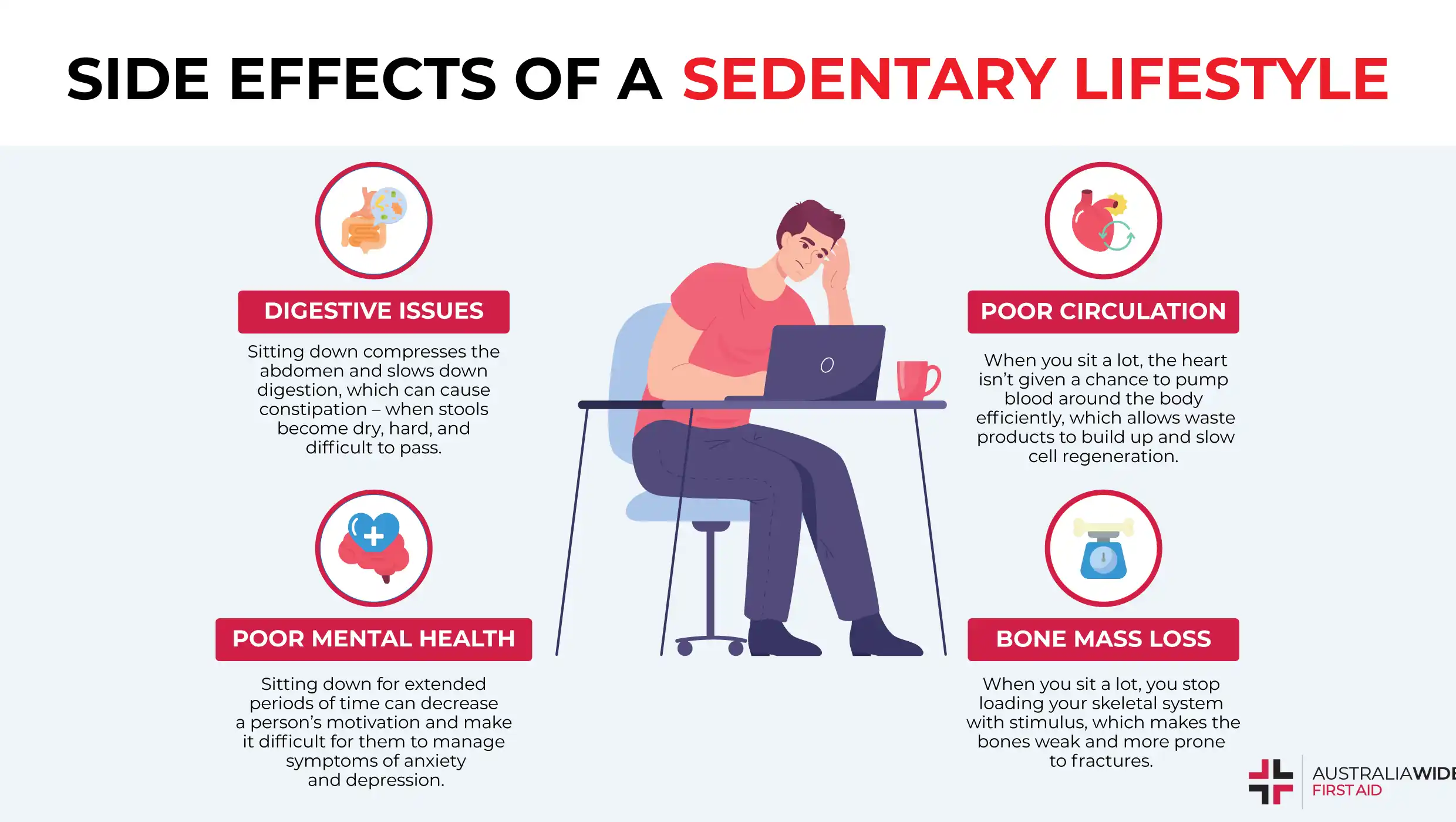






Education
View All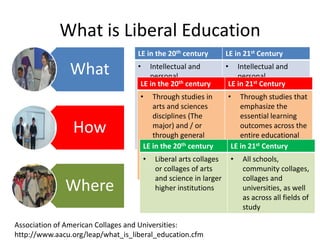
May 4, 2025
What Is Liberal Education? Explained!
Discover what liberal education is, its benefits, and how it fosters critical thinking and lifelong learning. Learn more now!
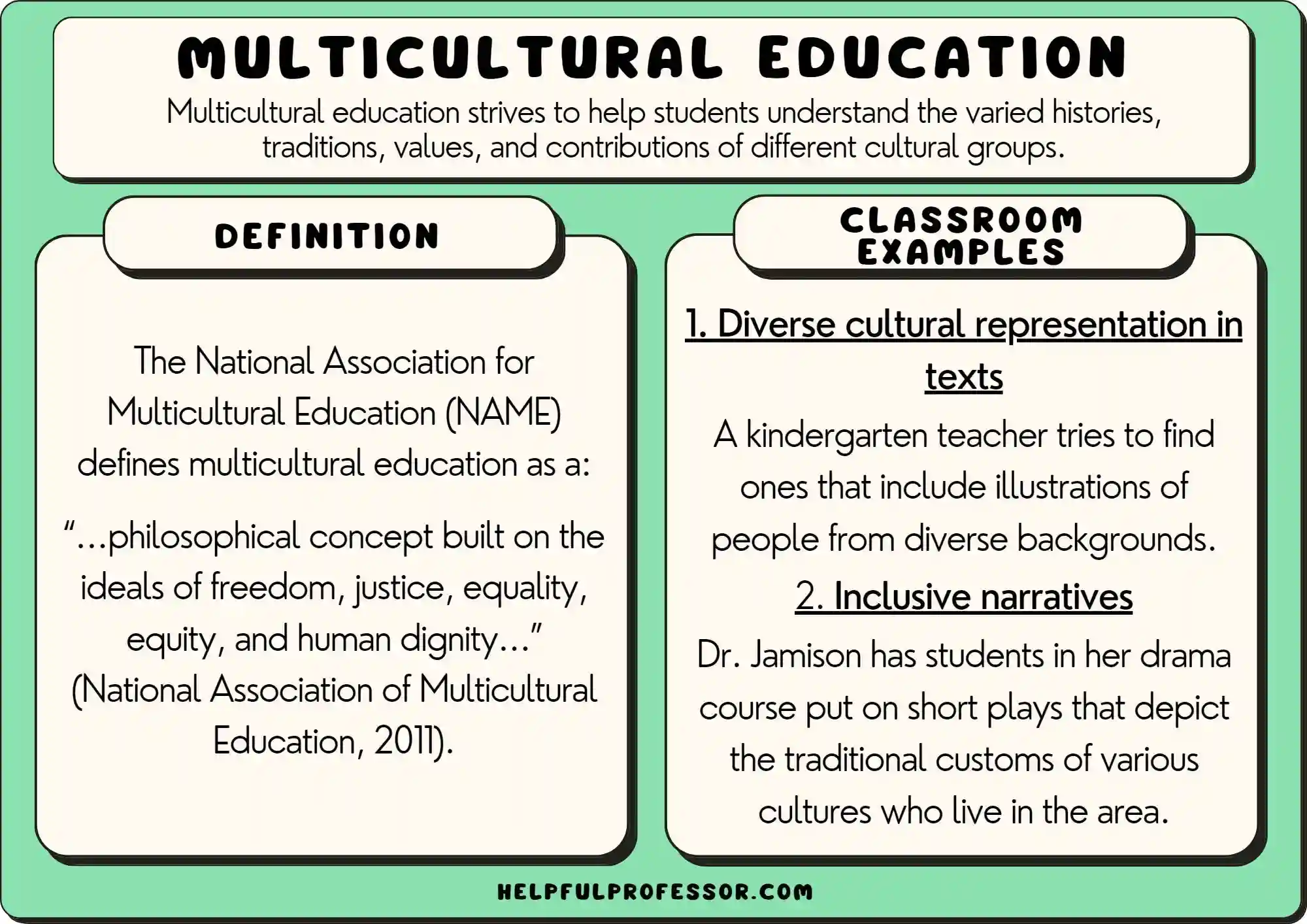
April 29, 2025
What Is Multicultural Education?
Dive into multicultural education and how it promotes diversity, inclusion, and equity in classrooms. Learn now!
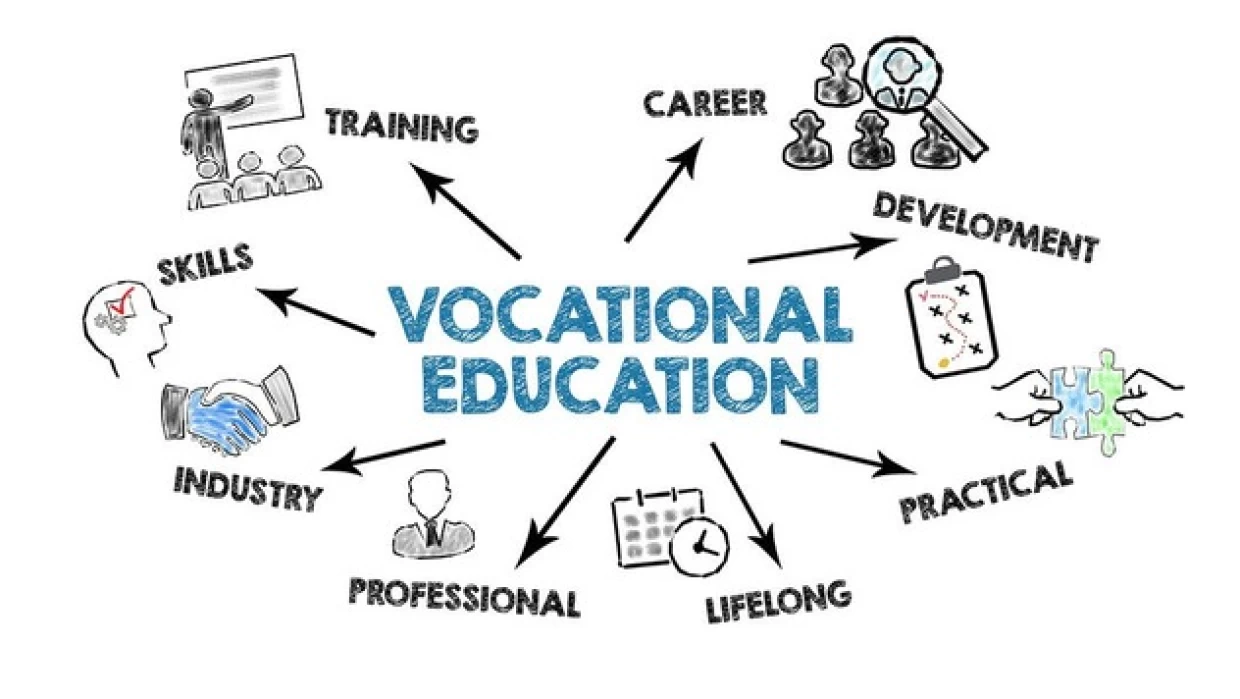
April 23, 2025
What Is Vocational Education?
Understand vocational education and how it prepares individuals for hands-on careers. Explore practical learning today!

